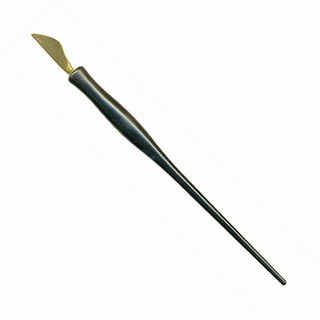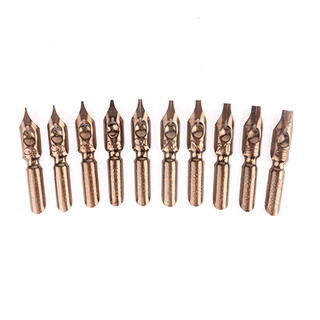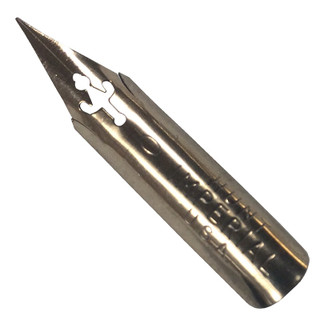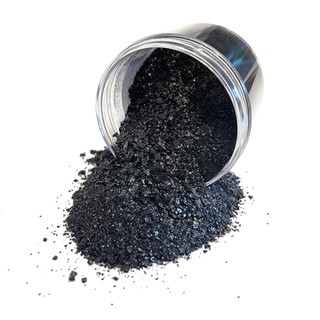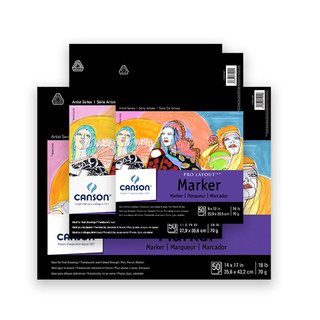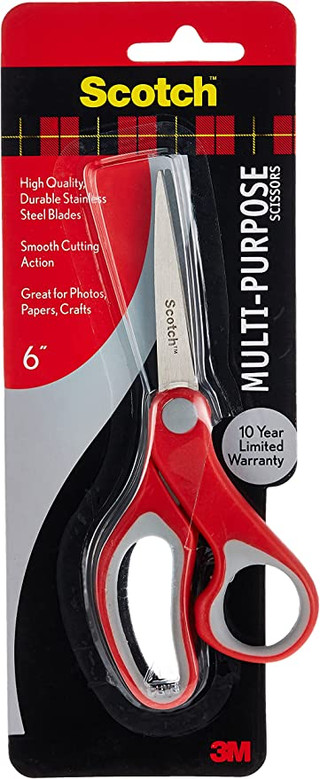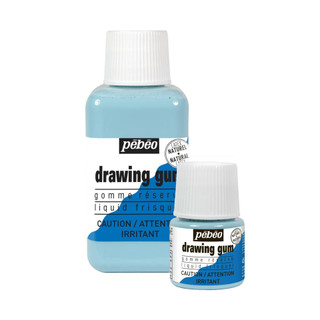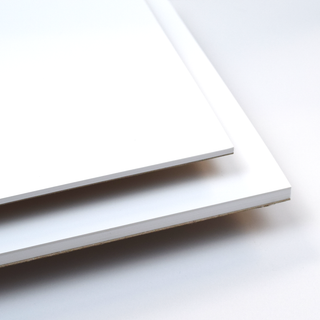Marina Soria - Calligraphy in Blossom - Feb 15, 22; Mar 1 & 8, 2025
“The starting point is really the critical determinant of how an alphabet evolves.” Thomas Ingmire “Zheng Banqiao was fond of painting bamboo, rocks and orchids. He painted orchids l…
Read MoreDescription
“The starting point is really the critical determinant of how an alphabet evolves.” Thomas Ingmire
“Zheng Banqiao was fond of painting bamboo, rocks and orchids. He painted orchids like writing characters, and wrote characters like painting orchids” Chen Tingyou
If we start from letters the result will be pretty much the same, but if we move to a much broader shape resource in nature such as flowers, leaves and branches, then the result would be a whole set of new possibilities. Our starting point will be nature. We'll exercise with the Japanese brush creating different types of strokes, finding all the possibilities this tool can give us. We will study the basic shape of simple flowers trying to represent them in a few strokes like in the sumi-e tradition.
We will research into the Taoist principles of beauty (empathy or resonance, vital rhythm or “chi-yun”, reticence or suggestion, and the empty space or gestalt, western concept). We will create a blossoming alphabet with various solutions for the same character in order to broaden our graphic and design solutions. We´ll create an ikebana and play with quick time roughs in order to go from figurative to abstraction in minutes.
The Japanese brush and the cola pen will be our tools, first working with sumi or walnut ink and then moving on to color rendering. The final form will be a concertina book in which natural reverberations will have priority over legibility.
The playful aspect of painting will open our minds and the joy in the execution will show through our strokes. Venture into this new world of calligraphy and sumi-e!
Calligraphy in Blossom
Marina Soria, Hosted By The Gentle Penman
Live (Also recorded for later viewing)
February 15, 22; March 1 & 8, 2025 (Saturday)
08:00 am – 10:00 am (Hong Kong Time)
Class Cost : HKD 1,170.00 or USD 150.00
Registration Link : https://www.thegentlepenman.com/calligraphy-in-blossom
All Skills Levels
Supply List:
- Brushes
Our main tool will be the Japanese brush, sizes : small, medium and large.
Medium-sized brushes for mixing colors and loading your nibs. (BR43)
- Pen
You may bring some of your favorite tools : ruling pen, cola pen folded pen, and a variety of smaller sized edged pens or copperplate nibs for small writing. (N22, N30, N04, N01, N77, N118)
- Ink / Colors
Walnut ink and olive green Winsor & Newton watercolor. Choose 2 or 3 other colors, or a color watercolor palette you would like to work with. (S449, WNWC1, S402, S2013)
- Paper
Your favorite layout paper and you may bring a cheap quality watercolor paper to exercise on. Our final piece will be a concertina book so we will need a good quality paper that is at least 22-1 / 2 x 30. You may get a bigger sheet, 40 X 27-1/2, that would also work beautifully for a bigger scale book. (P32, PS47, PS95)
A couple of sheets of Rives BFK or Arches 140 Ibs, or something similar. (PS91, PS48)
One sheet of Fabriano, Strathmore, Arches or Canson Mi Tientes color paper to build our covers. (When choosing this color remember to include the same matching color in a gouache or watercolor.) You could even bring a printed, marbled, Japanese or paste paper to use as the cover. (PS61, PS127)
- Binding
Two pieces of A3 soft cardboard, 2 or 3mm thick to create the covers. Binding glue and a brush to apply it on to the covers and spare paper to use when gumming them. Perhaps you would like to bring a piece of cloth or light fabric to make a Furoshiki wrapping to our book. Or/and one meter long color ribbon matching your cover paper, but in a different tone, if you want to finish the binding with a ribbon. (S340)
- Miscellaneous
Flowers, branches, leaves and a simple flower pot to create a very basic Ikebana.
Small note book for taking notes, pencil or fibre tip pens for quick writing. (PL38, P2028, P94)
Palette for mixing colors and paper towels or rags; tape, scissors, good cutter, glue stick, eraser and a long straight edge metallic ruler. (S747, S1046, S1665, S391, E13, S271)
A selection of four or five short poems, haikus, quotes or even your own words will do. If related to the nature theme, then that will be most appropriate with our work.
- Optional (or stuff we may or may not use)
Liquid resist or masking fluid. Chalk pastels. Your own music if you wish. (S198, M171)
Shop supplies for this class:









